Home>Garden Essentials>How Much Does Creating A Rooftop Garden Cost
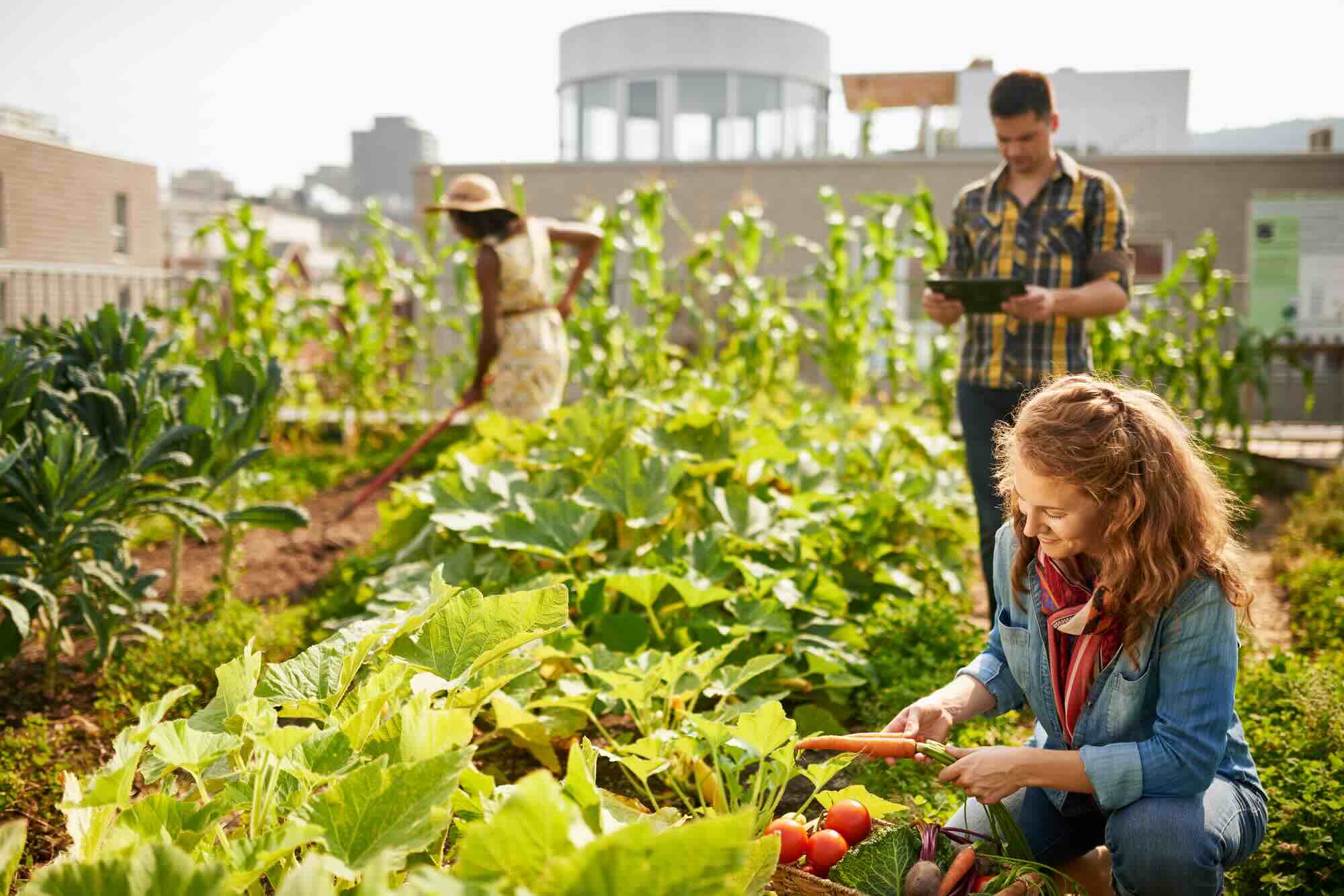

Garden Essentials
How Much Does Creating A Rooftop Garden Cost
Modified: March 7, 2024
Learn about the cost of creating a rooftop garden and how it can transform your space. Find out the expenses involved in designing and maintaining a garden on your roof.
(Many of the links in this article redirect to a specific reviewed product. Your purchase of these products through affiliate links helps to generate commission for Storables.com, at no extra cost. Learn more)
Introduction
A rooftop garden is a unique and innovative way to utilize space effectively while bringing the beauty of nature to urban environments. With the increasing popularity of green living and sustainable practices, rooftop gardens have become a popular choice for both residential and commercial properties.
Not only do rooftop gardens add aesthetic value, they also provide numerous benefits to the environment and individuals. From improved air quality to reduced energy consumption, the advantages of creating a rooftop garden are abundant. However, before embarking on this green venture, it’s important to consider the cost implications and understand the factors that affect the overall expenses.
In this article, we will delve into the world of rooftop gardens and explore the various factors influencing their costs. We will also provide a breakdown of the installation costs and discuss the maintenance expenses associated with these gardens. Additionally, we will share some valuable cost-saving tips for those considering creating a rooftop garden.
Whether you are a homeowner looking to transform your unused rooftop into a serene oasis or a business owner wanting to incorporate sustainability into your building design, understanding the costs involved is crucial in making informed decisions.
So, join us as we take a closer look at the financial aspects of creating a rooftop garden and discover how you can bring nature to new heights while remaining mindful of your budget.
Key Takeaways:
- Creating a rooftop garden brings nature to urban spaces, offering benefits like improved air quality and reduced energy consumption. Understanding the costs and planning smartly can help create a beautiful and sustainable garden without overspending.
- By choosing low-maintenance plants, reusing materials, and maintaining the garden regularly, it’s possible to create a stunning rooftop garden on a budget. With careful planning and cost-saving tips, anyone can enjoy the benefits of a green oasis.
Read more: How Does A Rooftop Garden Function
Benefits of Creating a Rooftop Garden
Creating a rooftop garden offers a multitude of benefits that extend beyond mere aesthetics. Let’s explore some of the key advantages of incorporating a rooftop garden into your property:
- Improved Air Quality: One of the most significant advantages of rooftop gardens is their ability to improve air quality. The plants in these gardens act as natural filters, absorbing pollutants and carbon dioxide while releasing oxygen. This helps to reduce air pollution and create a fresher and healthier environment.
- Noise Reduction: Rooftop gardens can also serve as effective sound barriers. The plants and greenery absorb and diffuse noise, helping to diminish the impact of traffic, construction, and other urban noises. This can greatly contribute to a quieter and more peaceful living or working environment.
- Energy Efficiency: Rooftop gardens provide excellent insulation, which can help to reduce energy consumption. The plants act as a layer of insulation, keeping the building cooler in summer and warmer in winter. As a result, less energy is required for heating and cooling, leading to lower utility bills and a smaller carbon footprint.
- Stormwater Management: Urban areas often face challenges in managing stormwater runoff. Rooftop gardens play a key role in mitigating this issue by absorbing and retaining rainwater. The plants and soil act as natural sponges, helping to reduce the strain on drainage systems and preventing flooding.
- Urban Biodiversity and Habitat Creation: Rooftop gardens provide a valuable habitat for a diverse range of plants, insects, and birds. These green spaces offer a sanctuary for wildlife, promoting urban biodiversity and contributing to the overall ecological balance of the city.
- Improved Mental Health and Well-being: Interacting with nature has been proven to have a positive impact on mental health and well-being. Rooftop gardens provide a tranquil and serene environment, offering a retreat from the hustle and bustle of urban life. Time spent in these green spaces can reduce stress, improve mood, and enhance overall quality of life.
These are just a few examples of the countless benefits that rooftop gardens offer. From environmental advantages to personal well-being, these green spaces are truly transformative and offer a sustainable solution for urban living. Now that we’ve explored the benefits, let’s dive into the factors that influence the cost of creating a rooftop garden.
Factors Affecting the Cost of Creating a Rooftop Garden
Creating a rooftop garden involves various factors that can influence the overall cost. Understanding these factors is essential for planning and budgeting your rooftop garden project. Let’s take a look at some key elements that affect the cost:
- Structural Considerations: The existing structure of your building plays a significant role in determining the cost. If the building is not designed to handle the weight of a rooftop garden, additional structural modifications may be required, such as reinforcing the roof or adding support beams. These modifications can significantly impact the overall cost of the project.
- Roof Access: The accessibility of your rooftop is another important factor. If your building lacks an existing access point or requires the creation of a new one, the cost will increase. Considerations such as installing a staircase or elevator, or using cranes for materials and equipment, should be factored into the budget.
- Design Complexity: The complexity of your rooftop garden design can greatly influence the cost. Intricate designs that involve multiple levels, water features, custom-built structures, or specialized plant selections may require additional materials and labor, increasing the overall expenses.
- Plant Selection: The type and variety of plants you choose for your rooftop garden can impact the cost. Some plants are more expensive to purchase and maintain than others. Consider factors such as the need for irrigation systems, soil requirements, and ongoing maintenance when selecting your plant palette.
- Irrigation Systems: Installing a proper irrigation system is crucial for the health and vitality of your rooftop garden. The cost of irrigation systems will depend on factors such as the size of the garden, the type of plants, and the complexity of the system. Automated irrigation systems may be more expensive upfront but can save you money in water usage in the long run.
- Professional Services: Hiring professional help, such as landscape architects or designers, can add to the overall cost. These experts bring valuable knowledge and experience to the project, ensuring that it is executed efficiently and effectively. It is important to consider their fees when budgeting for your rooftop garden installation.
These are some of the key factors that can influence the cost of creating a rooftop garden. It is essential to evaluate each factor carefully and work with professionals to develop a realistic budget for your project. In the next section, we will break down the costs involved in rooftop garden installation to give you a clearer understanding of the financial implications.
Cost Breakdown of Rooftop Garden Installation
When it comes to the installation of a rooftop garden, there are several cost components to consider. By understanding these costs, you can better plan and allocate your budget. Here is a breakdown of the main expenses involved in rooftop garden installation:
- Structural Modifications: If your building requires structural modifications to support the weight of a rooftop garden, this can be a significant expense. Costs will vary depending on the extent of the modifications needed, such as reinforcing beams, adding support columns, or installing a green roof system. Consulting with a structural engineer is recommended to ensure the safety and integrity of the rooftop garden.
- Waterproofing and Drainage: Proper waterproofing and drainage systems are essential to protect your building from water damage and ensure the longevity of your rooftop garden. Costs will vary depending on the size of your rooftop and the complexity of the system required. This includes the installation of a waterproof membrane, drainpipes, and drainage layers to prevent water accumulation.
- Planting Materials: The cost of planting materials will depend on the size and design of your rooftop garden, as well as the types of plants you choose. This includes the cost of soil, plants, seeds, mulch, and compost. It may be more cost-effective to purchase plants in bulk or opt for locally sourced and native plants that are well-suited to your climate.
- Irrigation Systems: Installing an irrigation system is crucial for maintaining the health and vitality of your rooftop garden. The cost will depend on factors such as the size of the garden, the complexity of the system, and the type of irrigation method chosen (e.g., drip irrigation, sprinkler system). It is wise to invest in a water-efficient system that minimizes water waste.
- Lighting: Incorporating lighting into your rooftop garden can provide both functionality and ambiance. The cost of lighting will depend on the size of the garden, the type of lighting fixtures chosen, and the complexity of the installation. Opt for energy-efficient LED lighting options to reduce long-term energy costs.
- Furniture and Structures: If you plan to include furniture, structures, or amenities in your rooftop garden, such as seating areas, pergolas, or outdoor kitchens, these will add to the overall cost. The price will depend on the materials chosen, the complexity of the structures, and any additional features or customization.
- Professional Services: Hiring professionals such as landscape architects, designers, and contractors will incur additional costs. Their fees will vary depending on their experience and expertise. However, consulting with experts is recommended to ensure the successful implementation of your rooftop garden project.
It’s important to note that the cost of rooftop garden installation can vary significantly depending on factors such as location, design complexity, and specific project requirements. Obtaining multiple quotes from different contractors and suppliers will help you determine the most accurate cost estimates for your unique project.
Now that we have explored the cost breakdown of rooftop garden installation, let’s move on to discussing the costs associated with different elements of a rooftop garden.
Consider the cost of materials, labor, and maintenance when creating a rooftop garden. Factors like irrigation, soil, and plant selection can impact the overall cost. Research and plan carefully to stay within budget.
Costs of Different Rooftop Garden Elements
Creating a rooftop garden involves various elements that contribute to its overall beauty and functionality. Each of these elements comes with its own costs, so it’s important to understand how they can impact your budget. Let’s explore the costs associated with different rooftop garden elements:
- Green Roof Systems: If you opt for a green roof system, the cost will depend on its type and complexity. Extensive green roofs, which consist of low-maintenance vegetation, lightweight soil, and minimal structural modifications, tend to be less expensive. Intensive green roofs, which include diverse plantings, deeper soil, and more elaborate structures, can be more costly due to their increased weight and maintenance requirements.
- Plant Selection: The cost of plants can vary depending on the type and variety you choose for your rooftop garden. Native plants and perennial flowers are often more cost-effective as they are well adapted to the local climate and require less maintenance. Exotic or rare plants may be more expensive due to their limited availability and specific care needs.
- Hardscaping Elements: Hardscaping elements include pathways, seating areas, and decking materials. The cost will depend on the materials chosen, such as concrete, stone pavers, or wood. Opting for cost-effective, durable materials can help keep the overall expense in check.
- Water Features: Incorporating water features, such as ponds, fountains, or water walls, can enhance the tranquility and visual appeal of your rooftop garden. The cost will depend on the size, materials, and complexity of the water feature. Additionally, consider the costs of pumps, filters, and ongoing maintenance needed to keep the water feature in good condition.
- Outdoor Furniture: If you plan to have seating areas in your rooftop garden, the cost of outdoor furniture should be factored in. The price will vary depending on the materials, design, and quality of the furniture. Consider investing in durable, weather-resistant furniture that can withstand outdoor conditions.
- Lighting Fixtures: Lighting is essential for enjoying your rooftop garden during the evening hours. The cost of lighting fixtures will depend on the type, design, and number of lights needed. LED lighting is a cost-effective and energy-efficient option that can help reduce long-term energy expenses.
- Essential Accessories: Additional accessories for your rooftop garden, such as planters, trellises, and decorative accents, should also be considered in your budget. These items can enhance the overall aesthetics of your rooftop garden but may vary in cost depending on the materials and design.
Remember that the costs mentioned above are general estimates, and actual prices may vary depending on factors such as the size of your rooftop and the specific materials or suppliers chosen. It is always advisable to obtain detailed quotes from professionals and suppliers to get a more accurate cost estimation for your unique rooftop garden project.
Now that we have explored the costs of different rooftop garden elements, let’s move on to discussing the maintenance costs associated with rooftop gardens.
Read more: How Much Does Garden Design Cost?
Maintenance Costs of Rooftop Gardens
While rooftop gardens offer many benefits and add beauty to your property, it’s important to consider the ongoing maintenance costs to keep your green oasis vibrant and healthy. Regular upkeep is necessary to ensure the longevity and success of your rooftop garden. Here are some key maintenance costs to consider:
- Plant Care: Maintaining the health of your rooftop garden plants will require regular watering, fertilizing, pruning, and pest control. The cost of plant care will depend on factors such as the number of plants, their specific care requirements, and the frequency of maintenance. In some cases, you may need to hire a professional gardener or landscaper to assist with plant care tasks.
- Irrigation System Maintenance: It is important to regularly check and maintain your rooftop garden’s irrigation system to ensure proper functioning. This includes inspecting and cleaning the system, replacing any damaged or worn-out parts, and adjusting the watering schedule as necessary. The cost of maintenance will depend on the complexity of the irrigation system and whether you choose to handle it yourself or hire a professional.
- Weed Control: Rooftop gardens are susceptible to weed growth, which can compete with your plants for nutrients and hinder their growth. Implementing a regular weed control routine is crucial to maintaining the health and appearance of your garden. Depending on the size of your garden, you may need to invest in weed barriers, herbicides, or hire a professional to handle weed removal.
- Roof and Drainage System Inspections: Regular inspections of your rooftop and drainage systems are essential to identify any issues early on. This includes checking for leaks, clogged drains, and signs of damage. Inspections can help prevent water damage to your building and avoid costly repairs. It is recommended to hire professionals for these inspections to ensure thorough and accurate assessments.
- Seasonal Upkeep: Throughout the year, your rooftop garden will require seasonal upkeep tasks such as pruning, mulching, and preparing for winter or extreme weather conditions. This may involve covering delicate plants, protecting structures, or adjusting watering schedules. The cost of seasonal upkeep will depend on the specific requirements of your garden and whether you choose to do it yourself or hire professionals.
- Replacement and Repairs: Over time, certain elements of your rooftop garden, such as plants, furniture, or structures, may need to be replaced or repaired. Factors such as wear and tear, weather damage, or changing design preferences can contribute to replacement and repair costs. It is advisable to set aside a budget for these potential expenses to ensure the longevity and upkeep of your rooftop garden.
It’s important to note that the maintenance costs mentioned above are general estimates, and the actual expenses may vary based on factors such as the size of your rooftop garden, the specific plants and materials used, and the frequency of maintenance. Regularly monitoring and addressing maintenance needs will help keep your rooftop garden thriving and minimize potential long-term costs.
Now that we have explored the maintenance costs associated with rooftop gardens, let’s move on to some cost-saving tips to help you create your rooftop garden on a budget.
Cost-Saving Tips for Creating a Rooftop Garden
Creating a rooftop garden on a budget is possible with some strategic planning and cost-saving measures. By implementing these tips, you can still achieve a beautiful and thriving rooftop garden without breaking the bank. Here are some cost-saving tips to consider:
- Plan and Research: Before starting your rooftop garden project, invest time in planning and researching. Determine your budget, create a detailed garden design, and explore different plant options and materials. Having a well-thought-out plan will minimize costly mistakes and help you stay within your budget.
- DIY Where Possible: Taking a hands-on approach and doing some tasks yourself can help save money. Tasks such as planting, mulching, and simple maintenance can be done by homeowners with a little research and effort. However, it’s important to know your limitations and seek professional help for complex or technical aspects of the project.
- Reuse and Recycle: Look for opportunities to reuse and recycle materials. Repurpose old containers, furniture, or structures to create a unique and cost-effective rooftop garden. Also, consider composting at home to reduce the need for purchasing fertilizers, improving soil health, and saving money in the process.
- Choose Low-Maintenance Plants: Opting for low-maintenance plants will save you both time and money in the long run. Select native or drought-tolerant species that are adapted to your local climate and require less water and maintenance. These plants will thrive with minimal care and reduce the need for costly irrigation systems or constant attention.
- Shop Smart: When purchasing plants, materials, and supplies, compare prices from different nurseries, garden centers, and online retailers. Look for sales, discounts, or bulk buying options to maximize savings. Additionally, consider joining a local gardening community or plant exchange group where you can swap or share plants and resources with other garden enthusiasts.
- Choose Cost-Effective Materials: Be mindful of the materials you choose for your rooftop garden. Opt for cost-effective options that provide durability and functionality without compromising on aesthetics. For example, consider using recycled or reclaimed materials for pathways or edging, or choose affordable yet reliable irrigation system components.
- Maximize Space and Efficiency: Utilize your rooftop garden space efficiently by planning and utilizing vertical growing methods such as trellises or hanging planters. This allows you to grow a larger variety of plants in a smaller space. Additionally, consider incorporating companion planting techniques to maximize productivity and reduce the need for excessive plantings.
- Maintain Regularly: Regular maintenance is key to preventing costly repairs and replacements. Stay on top of routine tasks like watering, pruning, and pest control to avoid any major issues. Taking care of your rooftop garden consistently will help it thrive and minimize the need for expensive interventions.
By applying these cost-saving tips and being mindful of your budget throughout the process, you can create a stunning and sustainable rooftop garden without overspending. Remember that a well-designed and thoughtfully maintained garden can provide long-term benefits while remaining affordable.
Now that we have explored various cost-saving tips, it’s time to wrap up our article.
Conclusion
Creating a rooftop garden is not only a visually appealing addition to your property but also a sustainable way to bring nature into urban spaces. While there are costs involved in designing, installing, and maintaining a rooftop garden, the benefits it offers make it a worthwhile investment.
Throughout this article, we have explored the benefits of rooftop gardens, discussed the factors that impact their costs, and provided a breakdown of installation expenses. We also examined the costs associated with different elements of a rooftop garden and explored maintenance costs. Additionally, we shared cost-saving tips to help you create your rooftop garden on a budget.
When considering creating a rooftop garden, it’s essential to carefully assess your budget, evaluate the structural requirements, and plan your design in order to minimize costs. By researching and shopping smartly, repurposing materials, and choosing low-maintenance plants, you can reduce expenses without compromising on the beauty and functionality of your rooftop garden.
Remember that maintenance plays a crucial role in the success of your rooftop garden. Regular care and attention will ensure the long-term health of your plants and prevent major problems. By incorporating sustainable practices and efficient water management, you can further reduce ongoing expenses and make your rooftop garden more eco-friendly.
No matter the scale of your rooftop garden project, it’s essential to partner with professionals when needed and seek advice from experienced experts in the field. Their expertise will ensure that your design is structurally sound, your plants are well-suited to the environment, and your budget is well-managed.
In conclusion, a rooftop garden offers countless benefits, from improved air quality to reduced energy consumption and enhanced mental well-being. With careful planning, cost considerations, and maintenance efforts, you can create a beautiful and sustainable rooftop garden that will bring nature’s serenity to new heights.
So, whether you’re a homeowner looking to utilize your underutilized rooftop space or a business owner aiming to incorporate green practices, now is the time to start planning your rooftop garden and enjoy all the benefits it has to offer.
Frequently Asked Questions about How Much Does Creating A Rooftop Garden Cost
Was this page helpful?
At Storables.com, we guarantee accurate and reliable information. Our content, validated by Expert Board Contributors, is crafted following stringent Editorial Policies. We're committed to providing you with well-researched, expert-backed insights for all your informational needs.
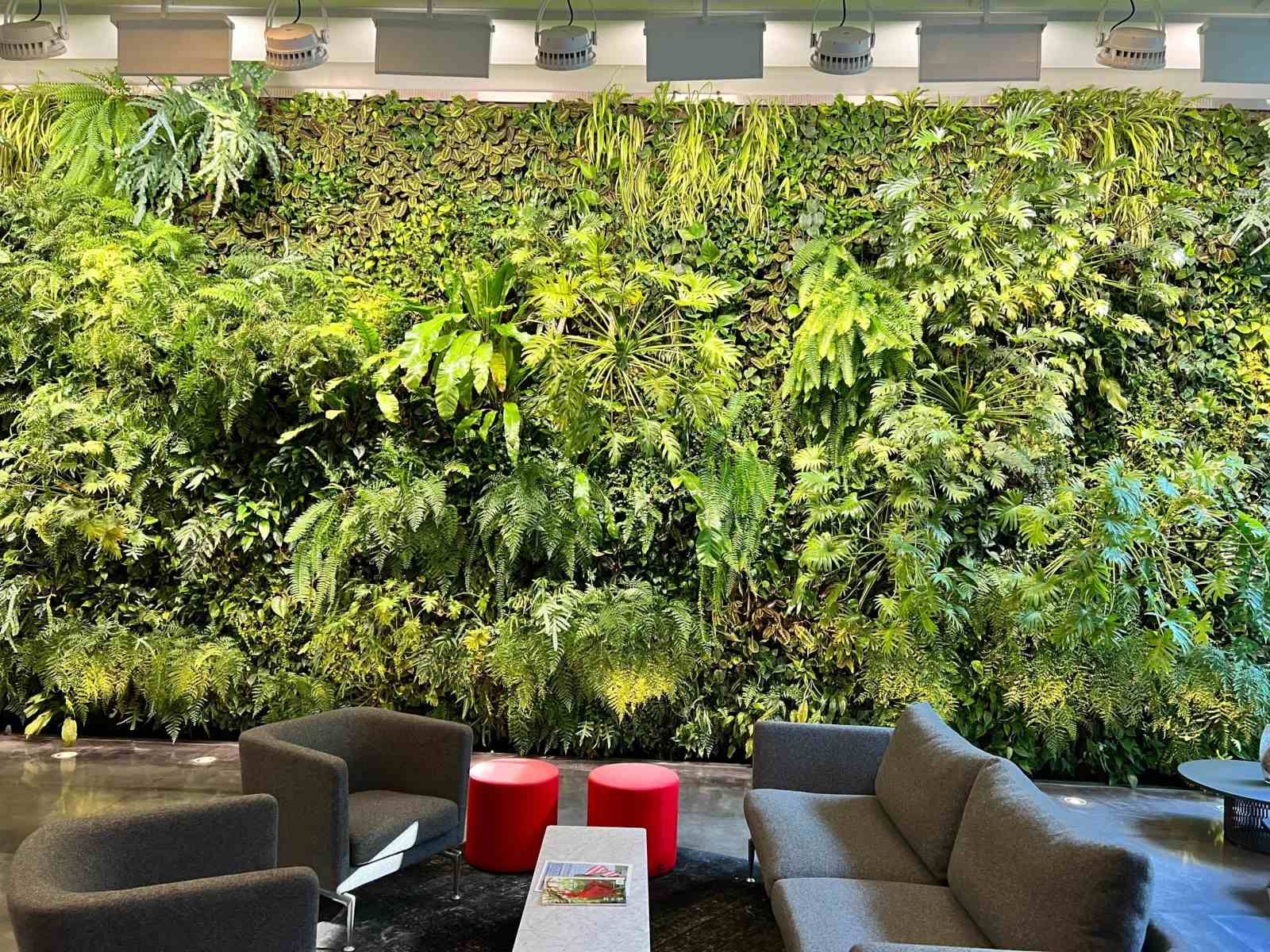
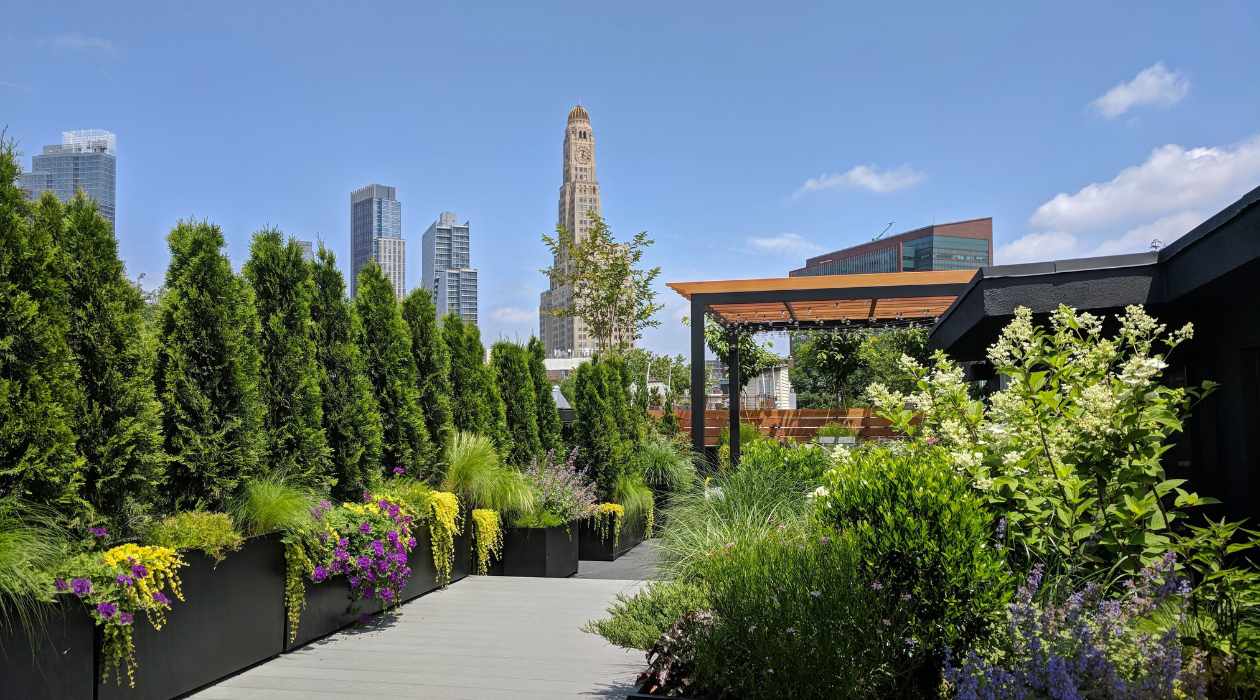
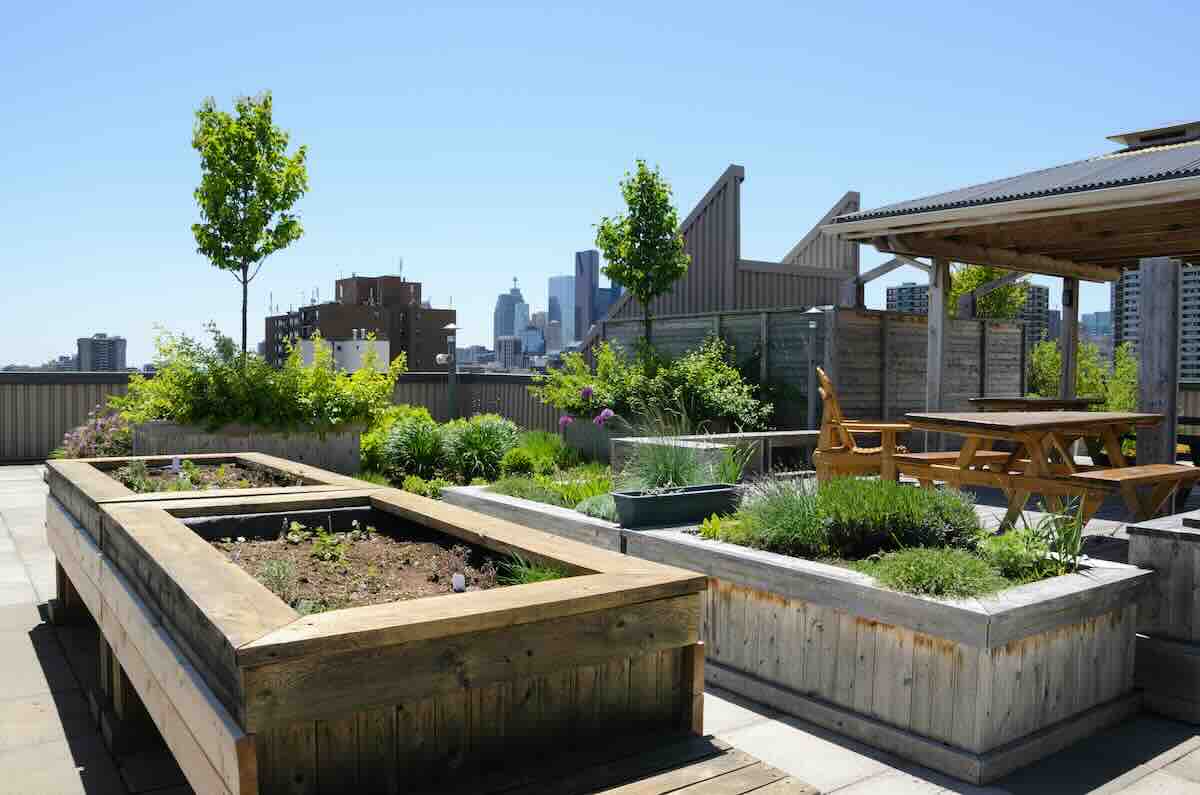
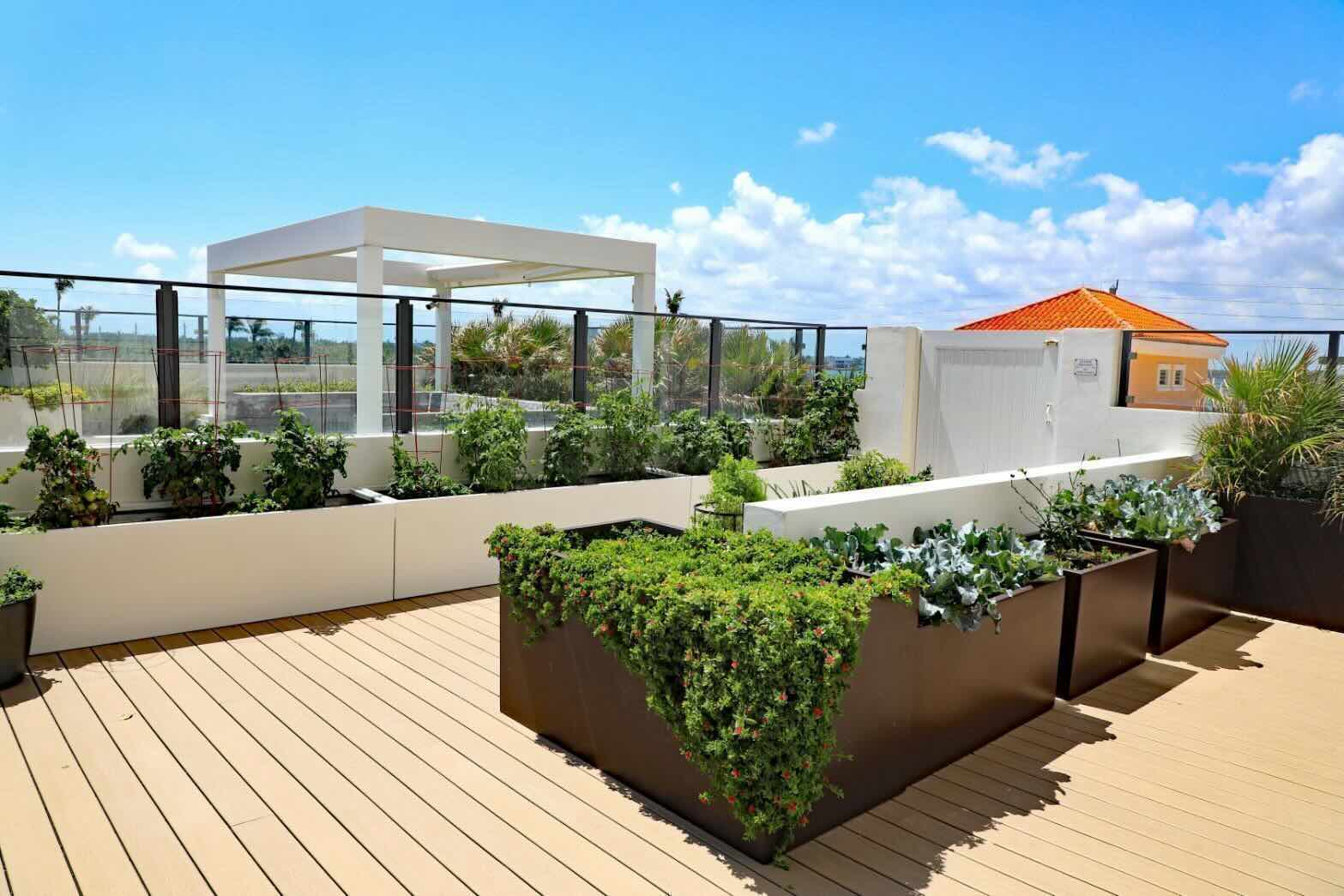

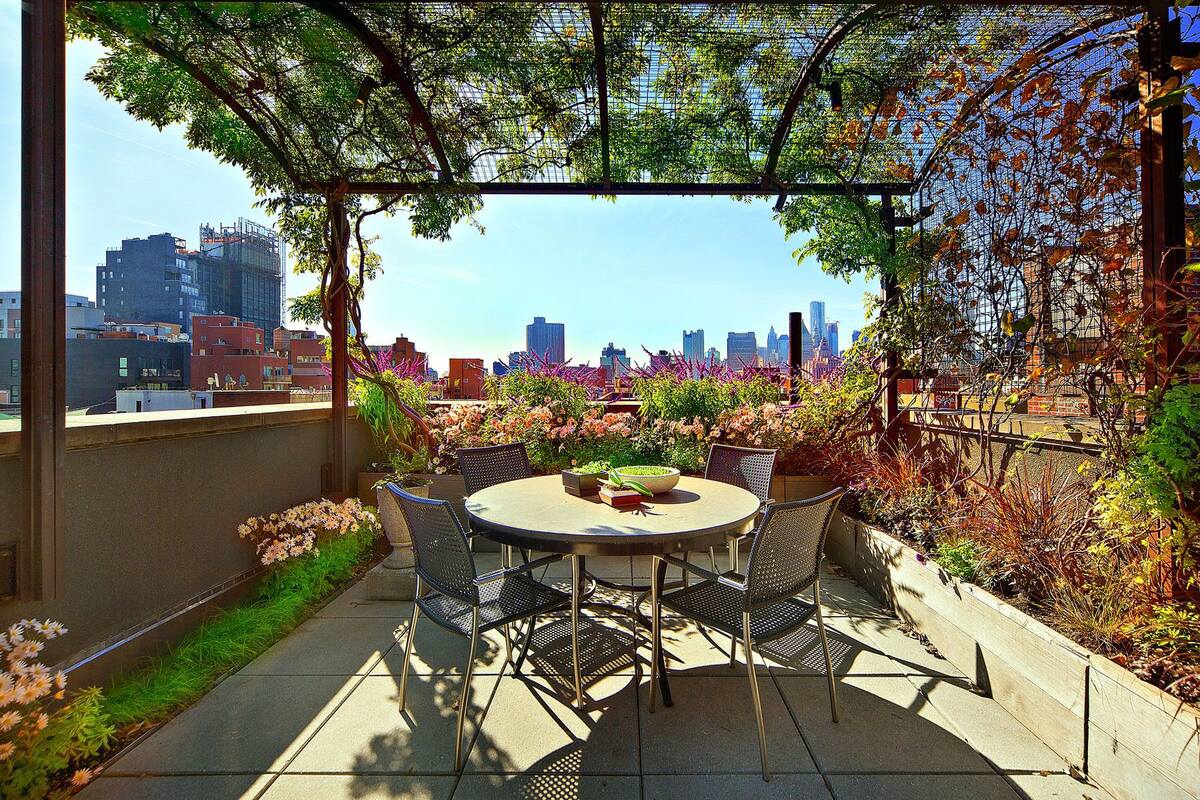
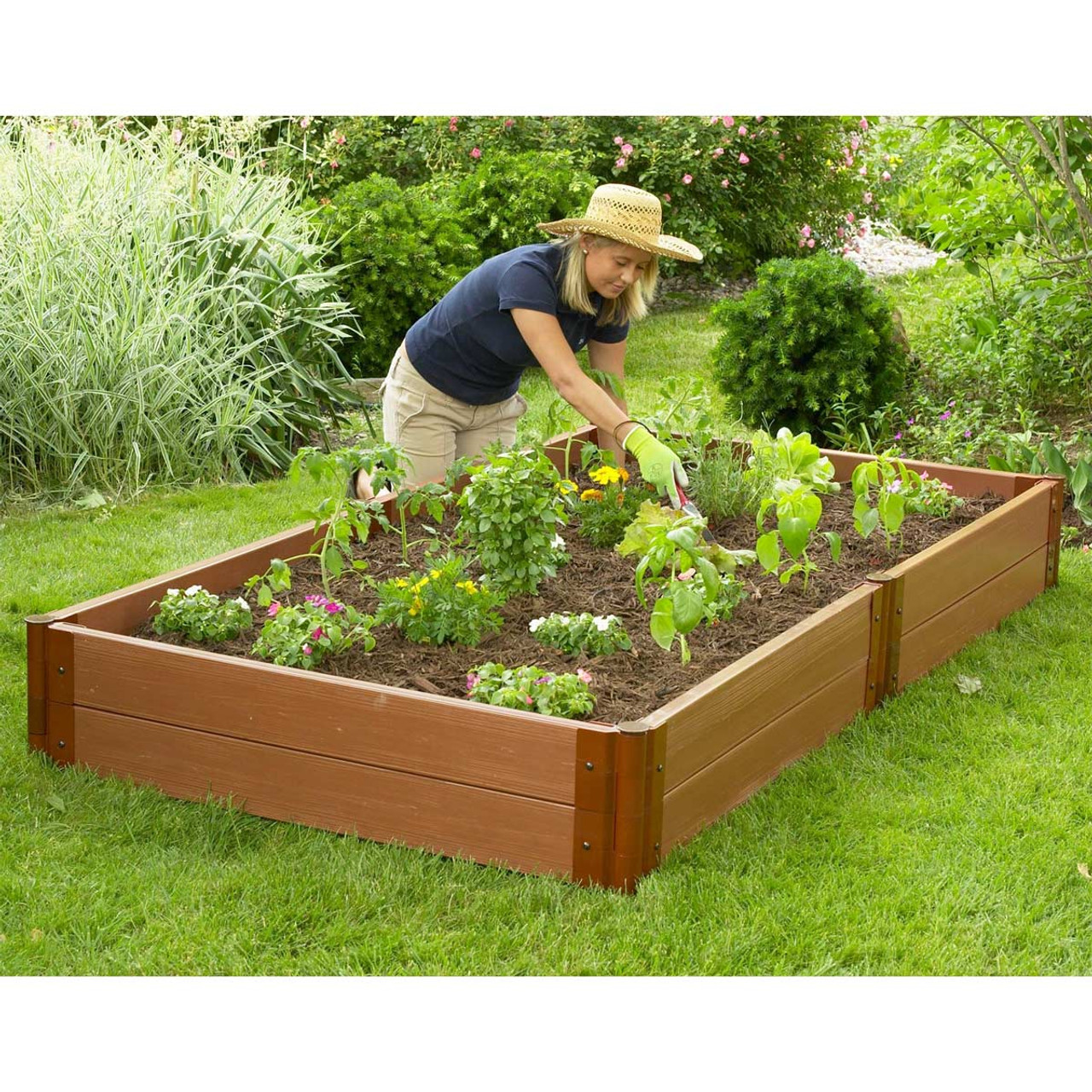
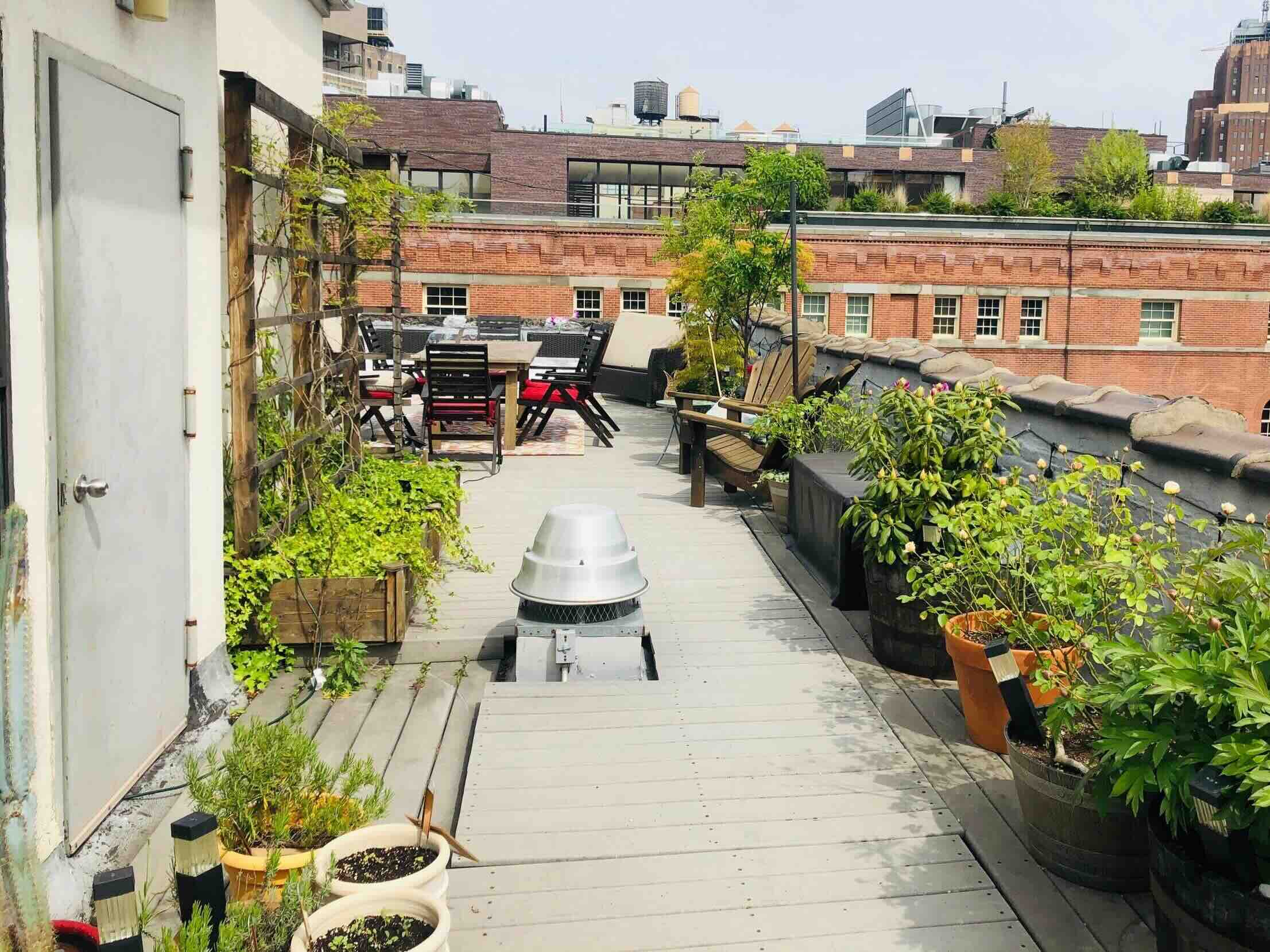


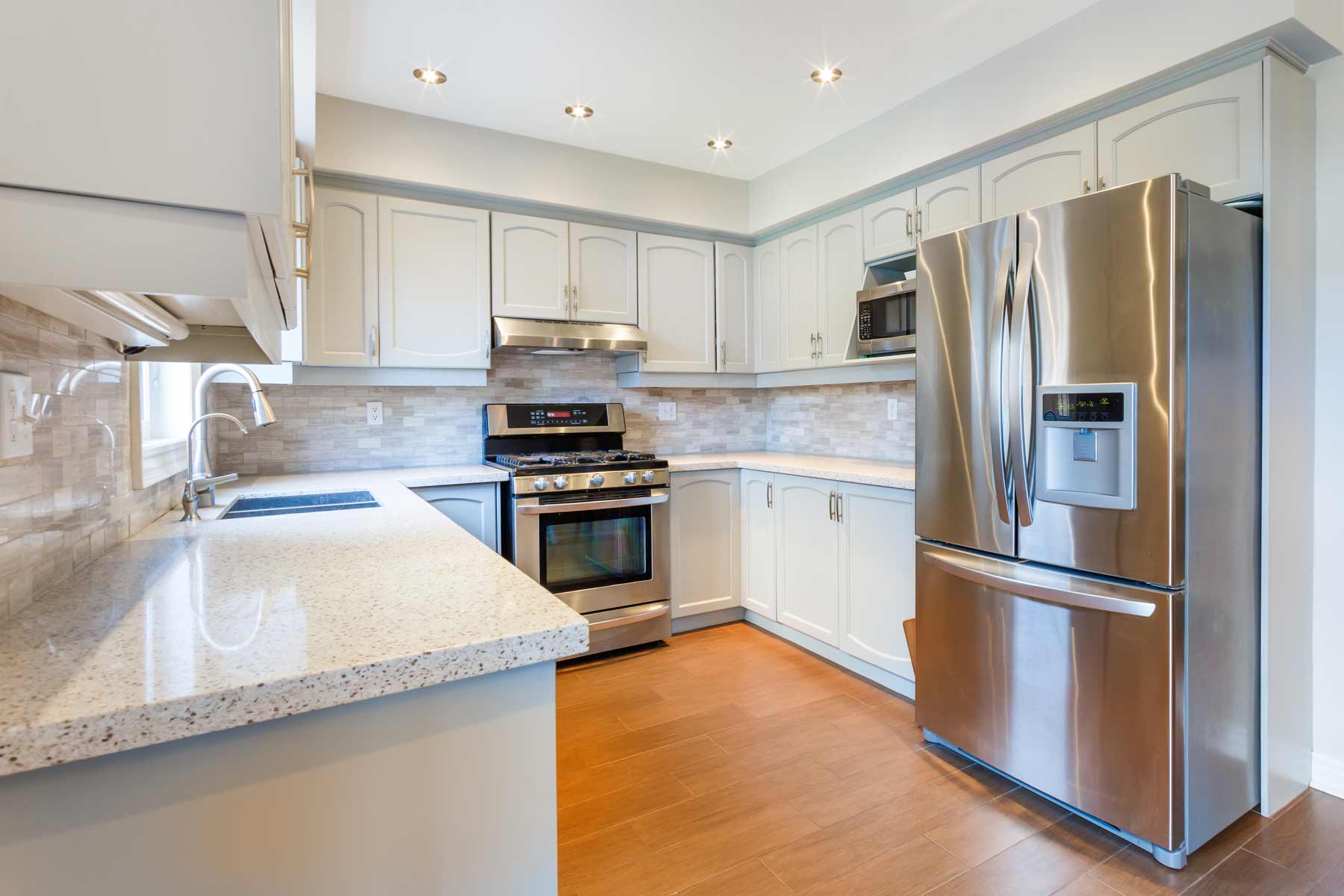
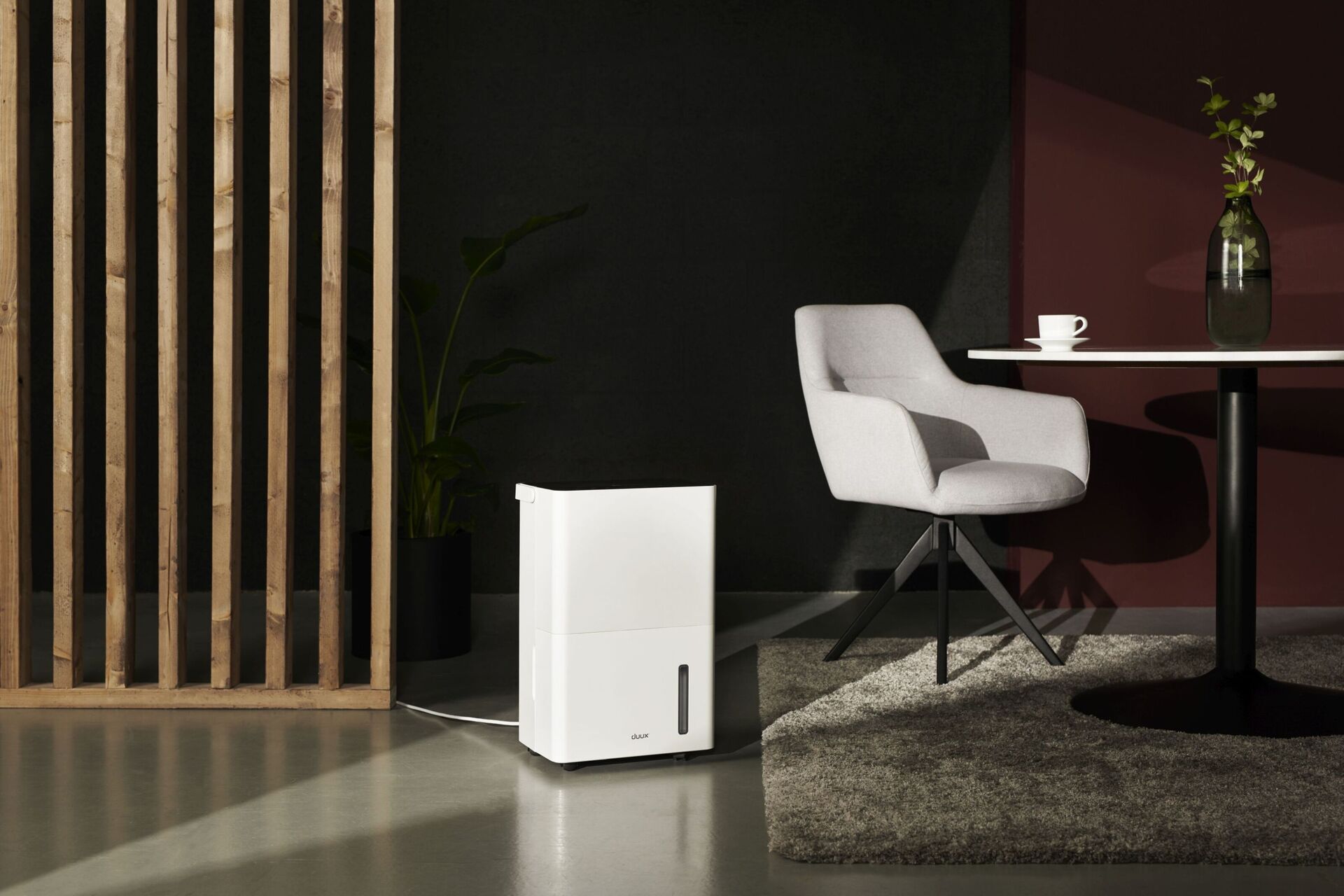

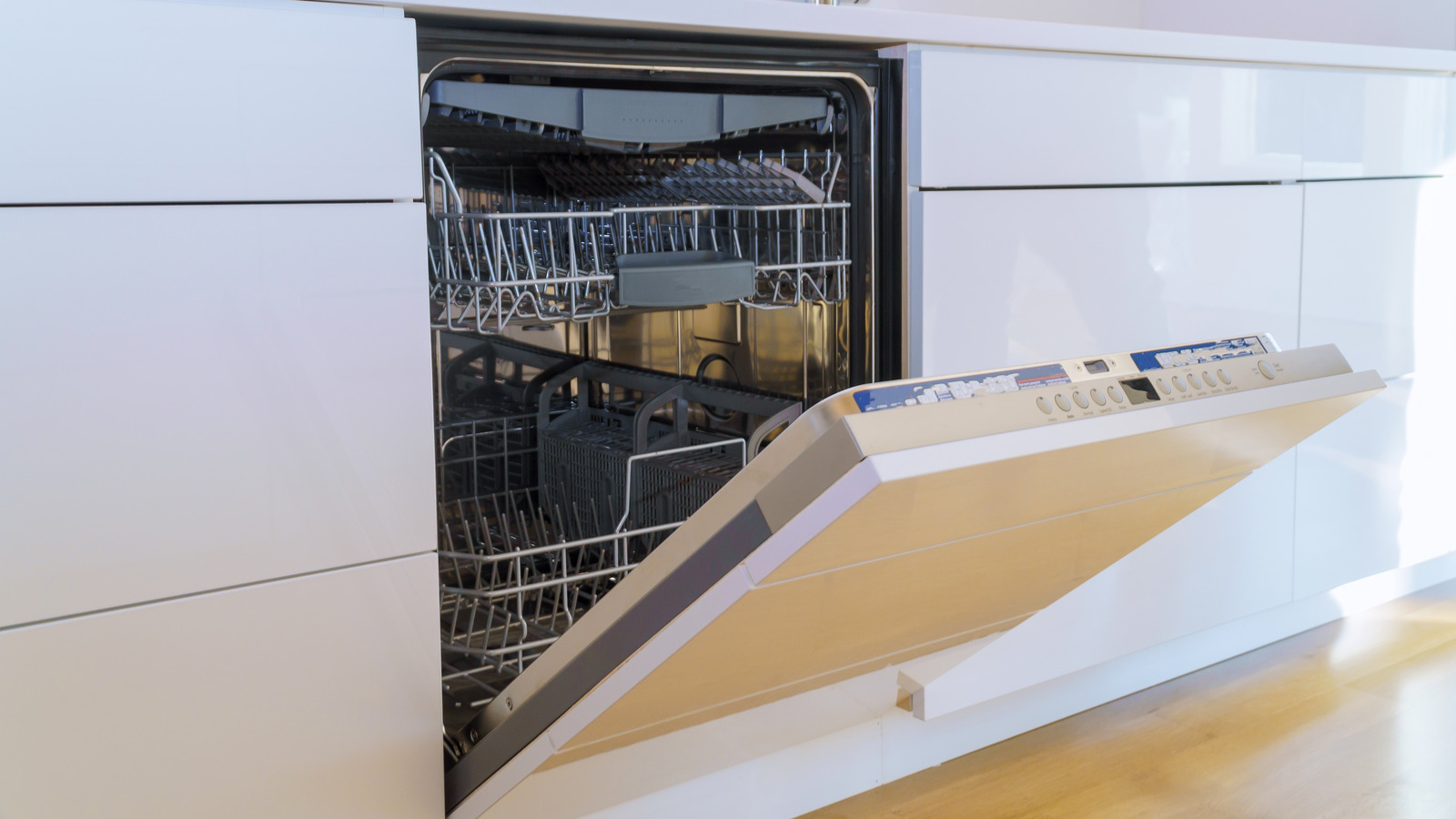

0 thoughts on “How Much Does Creating A Rooftop Garden Cost”